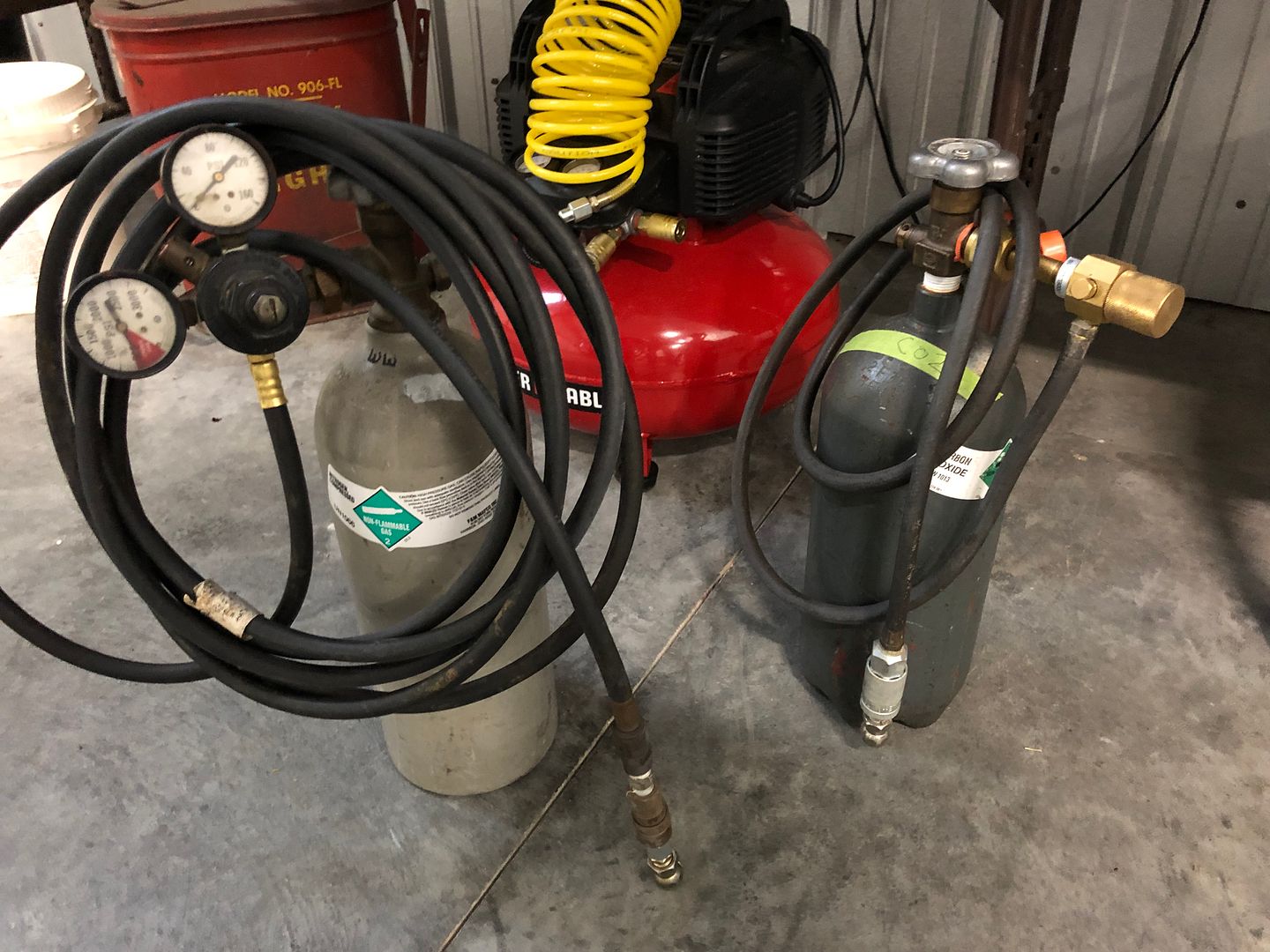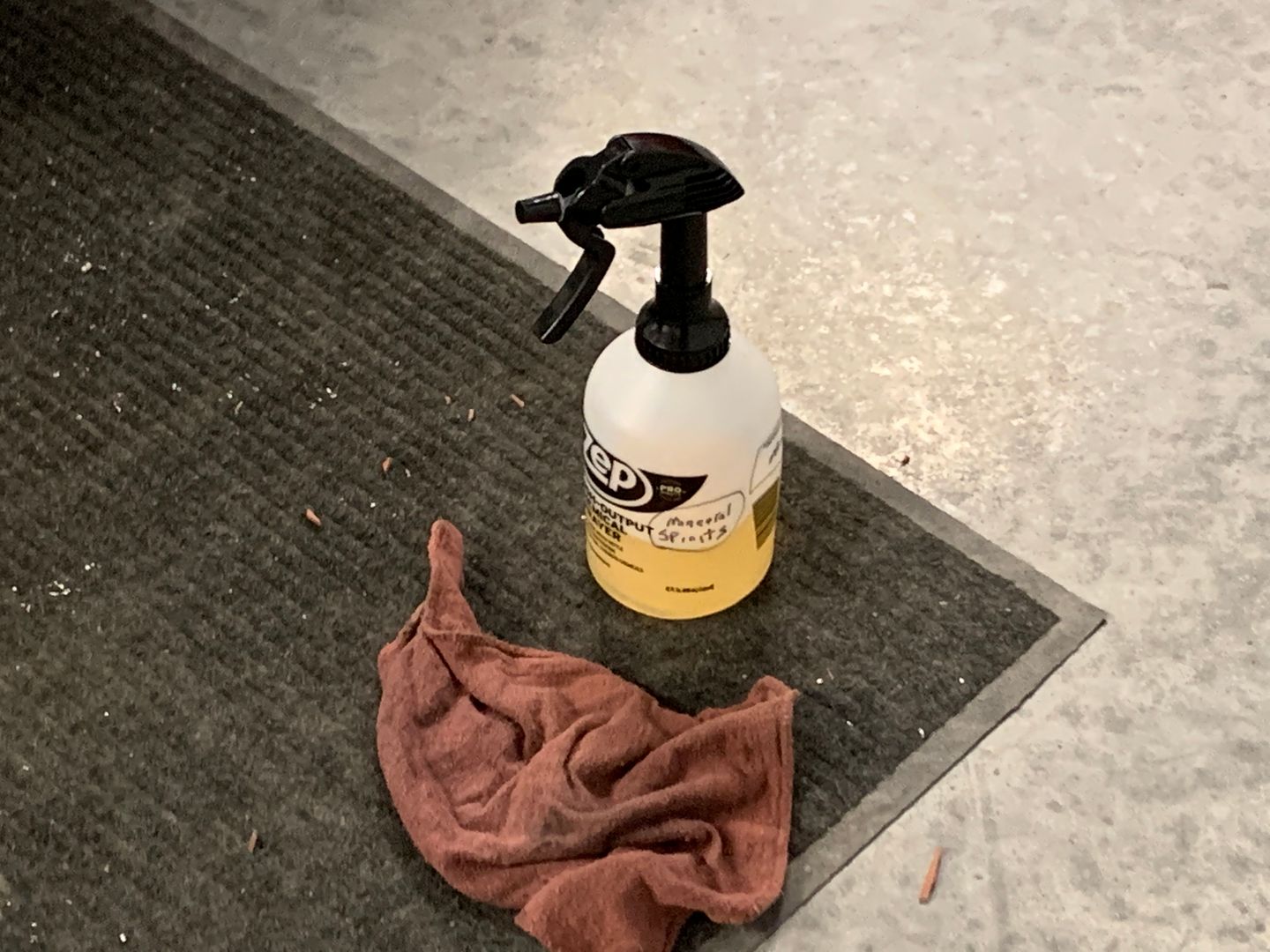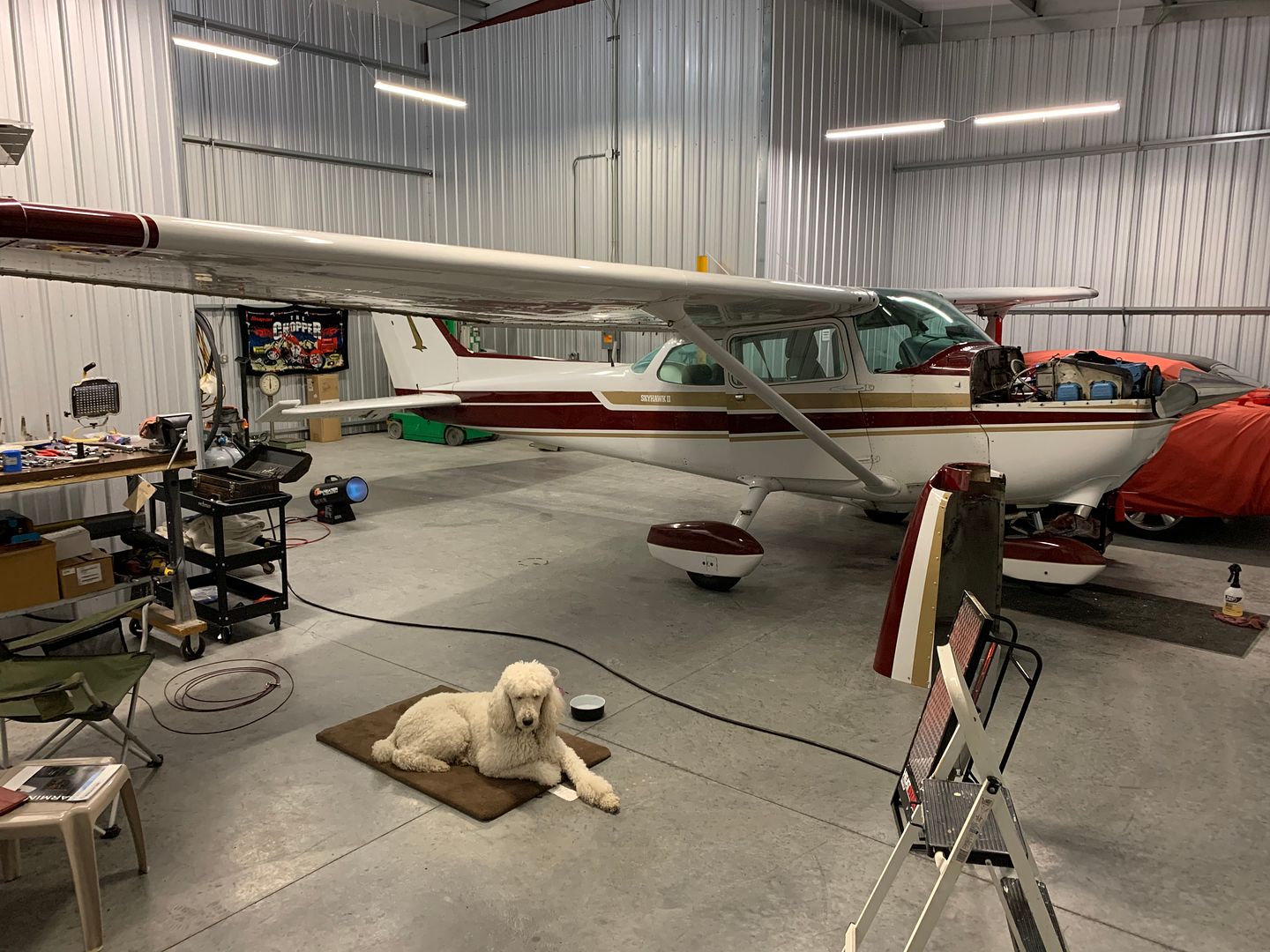That is interesting, looks like it could be small/light enough to carry in your plane? I sure would be thankful if someone had one when I had a low tire or strut on some far away ramp away from my home airport. I surely would glad to use it to get me back home.
It seems some folks can get away with just air in there struts. I tried regular air in my struts and it would not last more than 24 hours until my strut was low again. Nitrogen last me about a year or so until I have add just a little each fall when the temps start getting lower.
Myself and a late buddy have had nitrogen tanks for many years as we used to race motorcycles and rebuild shocks and we used it in tires also. So when I got the plane I just had to come up with the right air chuck and regulator. On a Cessna with no weight on the strut it only takes 40 psi or a little less. I also keep CO2 on tap for portable use for like to blow things off and things like that because CO2 is cheap.
I have used CO2 in bike tires, only last a short time, a few days. Then I used shop air and it last longer. The tires stay up the longest with nitrogen on our 2 bikes we keep at the hanger. So that tells me nitrogen is best. I know some say it doesn't matter but that is not what I found.
Another thing I think is important is to keep your strut clean with mineral spirits. It cleans off the dirt and bugs and provides a little lubrication to keep the seals from rolling. I clean the strut every couple flights. It is also handy for cleaning up oil off of stuff like the floor and your firewall.
What I ready need to get for my CO2 is a beer tap!! lol






